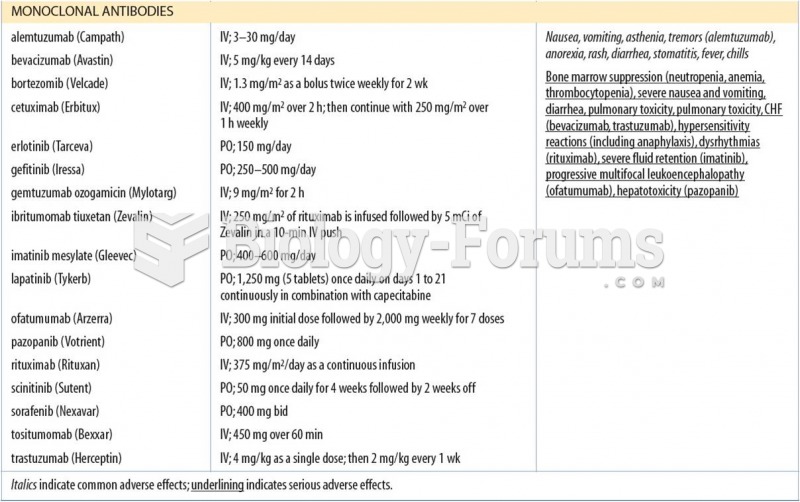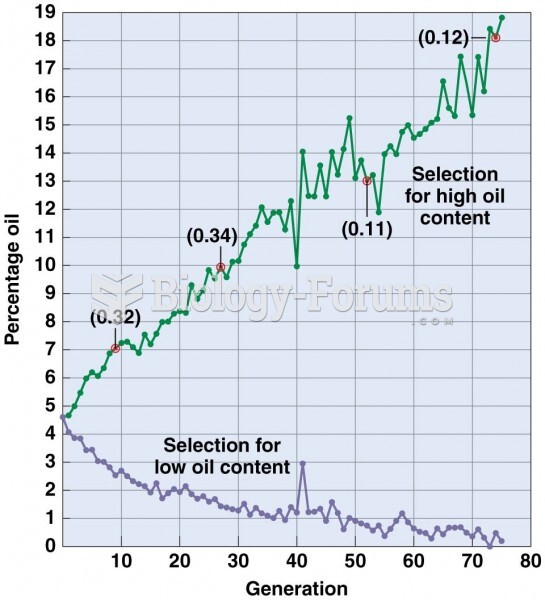Answer to Question 1
Guests should be seated at tables that will provide the maximum comfort. Guests should always have plenty of elbow room in order to be able to enjoy their meal.
Answer to Question 2
Table wines can be labeled according to one of four methods: (1) the predominant grape varietal; (2) geographic origin; (3) generic; or (4) the proprietary approach.
Varietal Labeled Wine
Varietal based wine is a labeling concept applied to most New World wine labels, including those from Australia, New Zealand, South Africa, South America, and the United States. The names of wines in this category are derived from their predominant grape variety. For example, the wine will have a prominent wording such as Pinot Noir or Chardonnay.
Geographical Labeled Wine
Geographically based labeling is a concept applied to most European wines, specifically those in France, Italy and Spain. The wines produced from the countries are intimately linked to their sense of place. The geographical approach to labeling identifies the wines by the origin of the grapes in their highly regulated growing areas. For example, a bottle of red wine may be labeled Burgundy (a French wine region that specializes in Pinot Noir) rather than identification of the grape name.
Generic Labeled Wine
Generic wines consist of a blend of different grapes that are often of lower quality than grapes destined for varietal labeled wines. The grapes used are often high-yielding varieties that can be grown and produced at low cost. In the early 1900s American wineries began labeling their wine after famous European wine regions. For example, an unscrupulous American winery may generically label a nondescript red wine after the famous Old World French wine region of Burgundy. There is clearly no relation nor adherence to that region's actual wine laws and there may be any number of red wine grapes included in this generically labeled American product.
Proprietary Blends/Trademark Labeled Wines
Some select wine producers have been applying an alternative labeling approachone that uses a branded name under the producer's portfolio of products. Instead of the typical varietal or geographical labeling, these producers have chosen to create and market alternative names that sound prestigious or unique to the particular winery. Wines labeled according to the proprietary manner are less subject to the somewhat limiting legal requirements of location and varietal content. Therefore, proprietary labeling can offer the producer greater flexibility and freedom in creating a wine according to their specifications and vision. The producers of these brands hope to gain the consumer's acceptance over time as they associate quality and prestige with their product.







